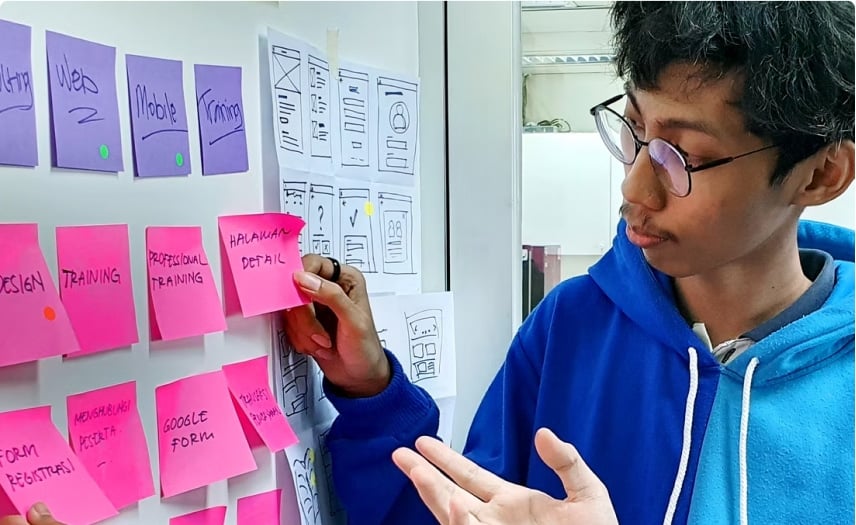When it comes to managing employee performance and ensuring that everyone stays within their boundaries, detailed job descriptions (JDs) often seem like the perfect solution. However, are they truly effective, or could they be causing more harm than good?
Are Job Descriptions Necessary?
The necessity of job descriptions has been a topic of discussion in recent literature. On one hand, well-crafted job descriptions can provide clarity, ensure compliance with legal standards, and help in performance evaluations. They act as a roadmap, outlining the duties, responsibilities, and expectations for each role within an organization (Cranfill Sumner LLP) (AllRemote.jobs). However, outdated or overly rigid job descriptions can stifle creativity, limit flexibility, and create a comfort zone for employees, leading to excuses and lack of initiative (Charitable Advisors).
The Pitfalls of Detailed Job Descriptions
While job descriptions can bring clarity and structure, they also come with significant pitfalls, particularly when they are overly rigid:
- Stifling Creativity and Initiative: When employees are confined to a strict set of tasks, they may be less likely to take initiative or think creatively. This rigidity can lead to a stagnant work environment where innovation is stifled.
- Creating Comfort Zones: Overly detailed job descriptions can make employees comfortable in their defined roles, providing excuses for not stepping outside their comfort zones. This can hinder personal and professional growth (Charitable Advisors).
- Obsolescence: In fast-paced industries, job descriptions can quickly become outdated, failing to reflect the current needs and responsibilities of a role. This can lead to confusion and inefficiencies (AllRemote.jobs).
The Context: Different Industries, Different Needs
The effectiveness of job descriptions varies significantly across different types of businesses. For example:
- Small-Sized Standard Operations: In small businesses, such as local restaurants, retail stores, or hospitality services, detailed job descriptions are often essential. They help in clearly defining roles in a setting where multitasking is common, ensuring that all necessary tasks are covered and avoiding overlap or gaps in responsibilities.
- Creative and Dynamic Industries: In fields such as interior design, digital marketing, or technology startups, job descriptions need to be more fluid. These industries thrive on innovation and rapid adaptation, requiring employees to think outside the box and stretch their roles beyond predefined boundaries (AllRemote.jobs).
- Manufacturing and Growing Companies: For larger, more structured environments like manufacturing or rapidly expanding companies, job descriptions must strike a balance between clarity and flexibility. While employees need to understand their core responsibilities, there should also be room for growth and adaptation to new challenges and opportunities (Charitable Advisors).
A Balanced Approach
So, how can companies develop job descriptions that enhance performance without restricting creativity and initiative? Here are some strategies:
- Hybrid Job Descriptions: Create job descriptions that outline core responsibilities but also highlight the importance of flexibility and continuous improvement. This encourages employees to understand their primary duties while remaining open to taking on new tasks.
- Regular Updates: Job descriptions should be living documents, reviewed and updated regularly to reflect changes in the company’s goals, market conditions, and individual employee growth. This keeps them relevant and useful.
- Focus on Outcomes: Instead of listing every possible task, focus on the outcomes and objectives expected from the role. This allows employees to find the best way to achieve these results, fostering innovation and problem-solving.
- Incorporate Development Goals: Include sections that outline potential career paths and development goals within the job description. This motivates employees to push their limits and see the broader impact of their work on their career progression.
- Encourage Open Communication: Foster a culture where employees feel comfortable discussing their roles and responsibilities with their managers. This ensures that any ambiguities or new opportunities can be addressed promptly.
Moving Forward
In conclusion, while job descriptions are a critical tool for defining roles and expectations within an organization, they should be crafted and managed with flexibility and foresight. By adopting a balanced approach, companies can harness the benefits of clear job descriptions without stifling the creativity and initiative of their employees. Whether in a small restaurant or a large manufacturing firm, the key lies in regular updates, outcome-focused descriptions, and open communication.
Implementing these strategies will help your organization achieve its goals while fostering a dynamic and motivated workforce.

